Winter is coming, and with it, a unique set of challenges for your beloved vehicle. The bite of cold air, treacherous icy roads, and relentless snow can take a serious toll if you’re not prepared. That’s why diving into essential winter car care tips isn’t just smart; it’s absolutely crucial for your safety, your car’s longevity, and your peace of mind. Ignoring the warning signs or skipping preventative maintenance can lead to costly repairs, unexpected breakdowns, or worse, dangerous situations on the road.
Think about it: your car works harder in winter. The engine struggles more to start, the battery drains faster, tires lose grip, and visibility can become a nightmare. This isn’t just about avoiding a chilly walk to work; it’s about ensuring your vehicle is a reliable sanctuary when the weather turns brutal. From checking your fluids to prepping an emergency kit, a little proactive effort now can save you a whole lot of headache later. Let’s get your ride ready to conquer the cold!
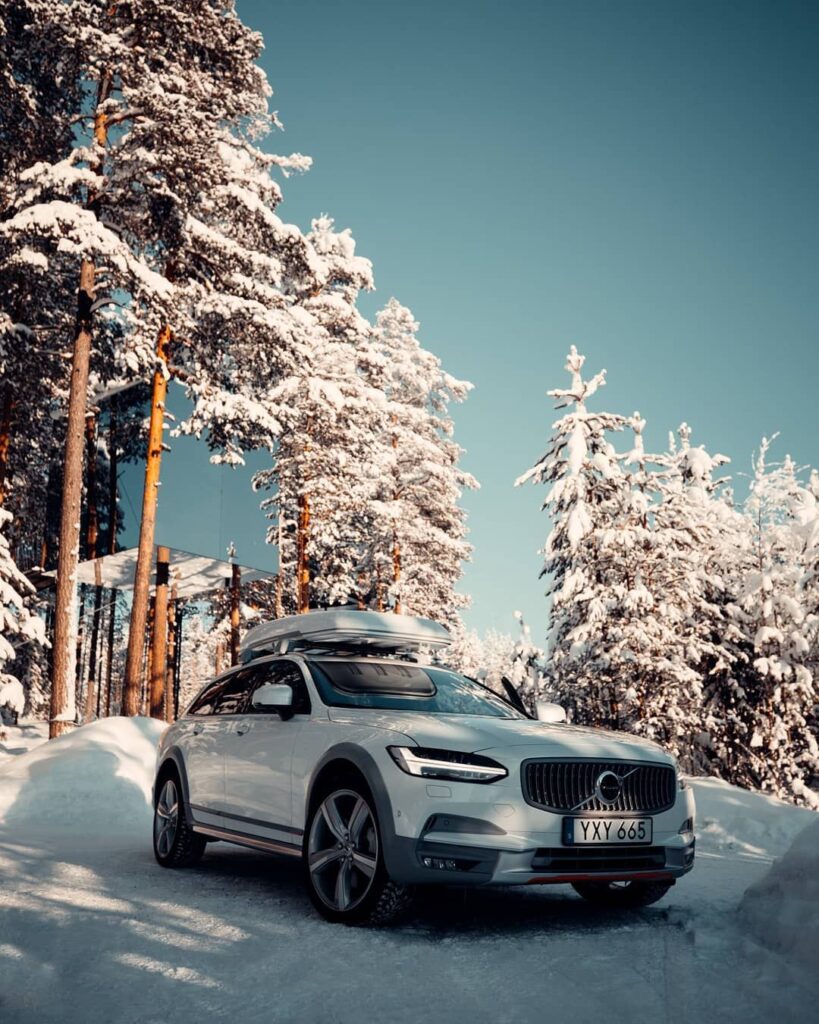
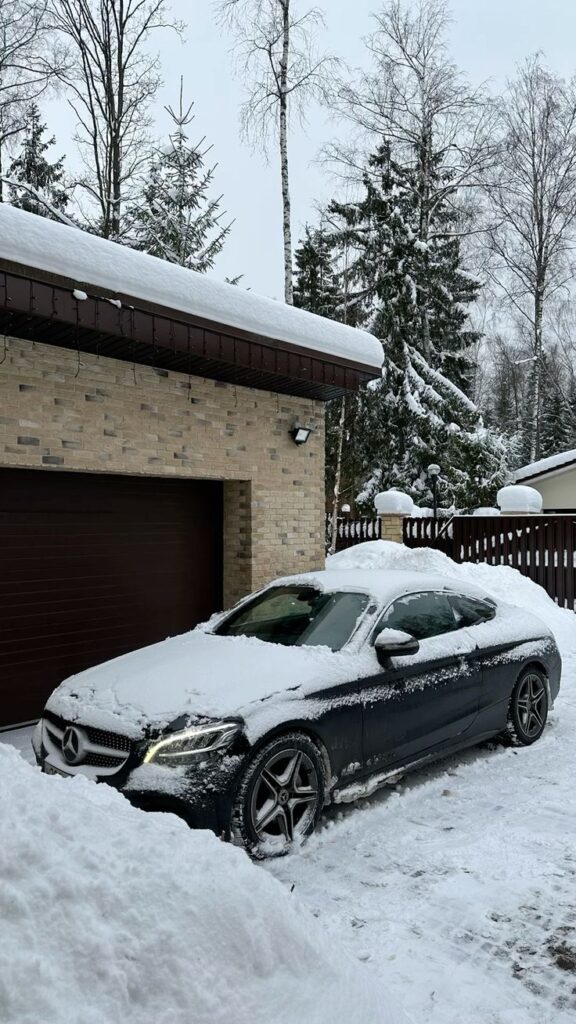
The Heart of the Beast – Engine and Battery
The engine and battery are your car’s lifeblood, especially when temperatures plummet. Cold weather puts immense stress on these components, making them the top priority for any comprehensive winter car maintenance routine.
Battery Health Check
Your car battery loses a significant portion of its cranking power in freezing temperatures. At 0°F (-18°C), a battery only delivers about half its normal power. That’s a huge drop, and it means if your battery is already on its last legs, winter will certainly expose it.
- Test It: Before the serious cold hits, get your battery tested by a mechanic or a reputable auto parts store. They can check its voltage and cold-cranking amps (CCA) to determine if it can handle the winter strain. Most batteries last 3-5 years, so if yours is approaching that age, testing is non-negotiable.
- Clean Terminals: Corroded battery terminals impede current flow, making it harder for your engine to start. Disconnect the terminals (negative first, then positive), clean them with a wire brush and a battery terminal cleaner solution, then reattach and tighten securely. A thin layer of dielectric grease can help prevent future corrosion.
- Insulate (Optional but Recommended): A battery blanket or thermal sleeve can help retain heat, especially for cars parked outside in extremely cold climates. This small investment can make a big difference in battery performance and lifespan. For more insights into optimizing your car’s electrical systems, consider how choosing a local electrical supplier is a smart move for household needs, as similar principles of reliable power apply.
Coolant/Antifreeze Levels and Mixture
Coolant (or antifreeze) is critical for preventing your engine’s water from freezing and expanding, which can cause catastrophic damage. It also helps dissipate heat when the engine is running.
- Check Levels: Ensure your coolant reservoir is filled to the “full cold” line. Never open a hot radiator cap.
- Verify Mixture: The ideal coolant-to-water ratio is usually 50/50, providing protection down to about -34°F (-37°C). If you live in an extremely cold region, a 60/40 or even 70/30 mixture (check your owner’s manual) might be recommended, but don’t exceed 70% antifreeze as it can actually reduce its effectiveness. You can buy a coolant tester at any auto parts store to check your current mixture.
- Inspect for Leaks: Look for colorful puddles under your car or white crusty residue around hoses and connections. Any signs of leaks should be addressed immediately.
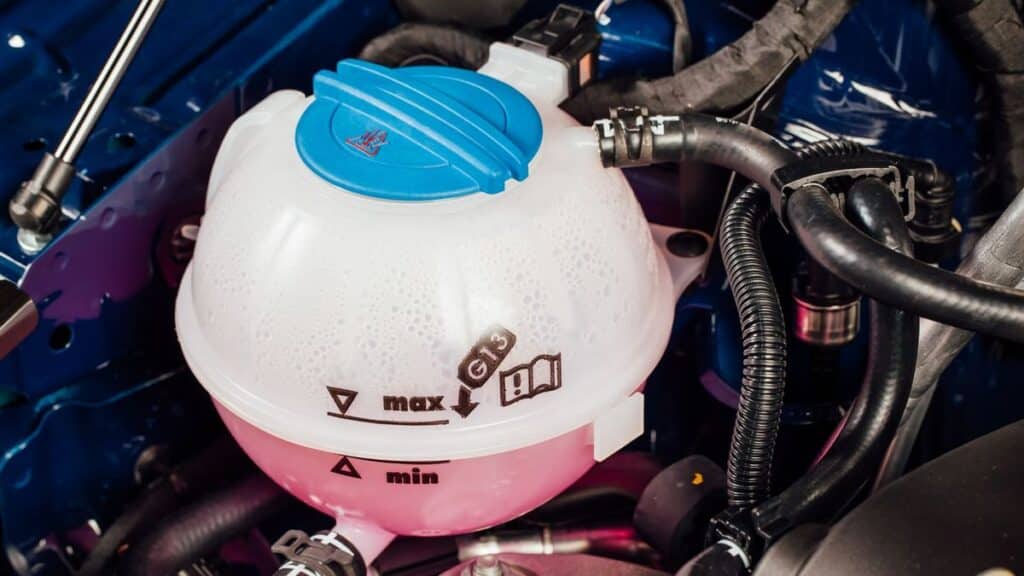
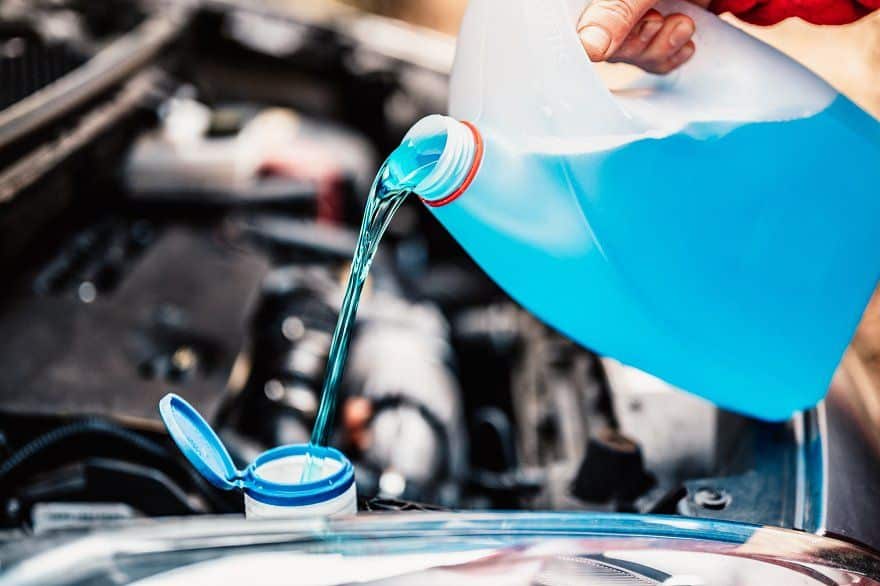
Engine Oil Selection
Oil thickens in cold weather, making it harder for your engine to circulate it, especially during startup. The wrong oil can put undue strain on your engine.
- Consult Your Manual: Your owner’s manual will specify the recommended oil viscosity (e.g., 5W-30) for different temperature ranges.
- Consider Synthetic Oil: Synthetic oils maintain their viscosity better in extreme temperatures, flowing more easily when it’s cold and offering superior protection. They are a smart choice for cold weather car prep.
- Change It: If your oil change is due, consider getting it done before winter sets in. Fresh oil, especially a synthetic blend suitable for winter, will protect your engine much better.
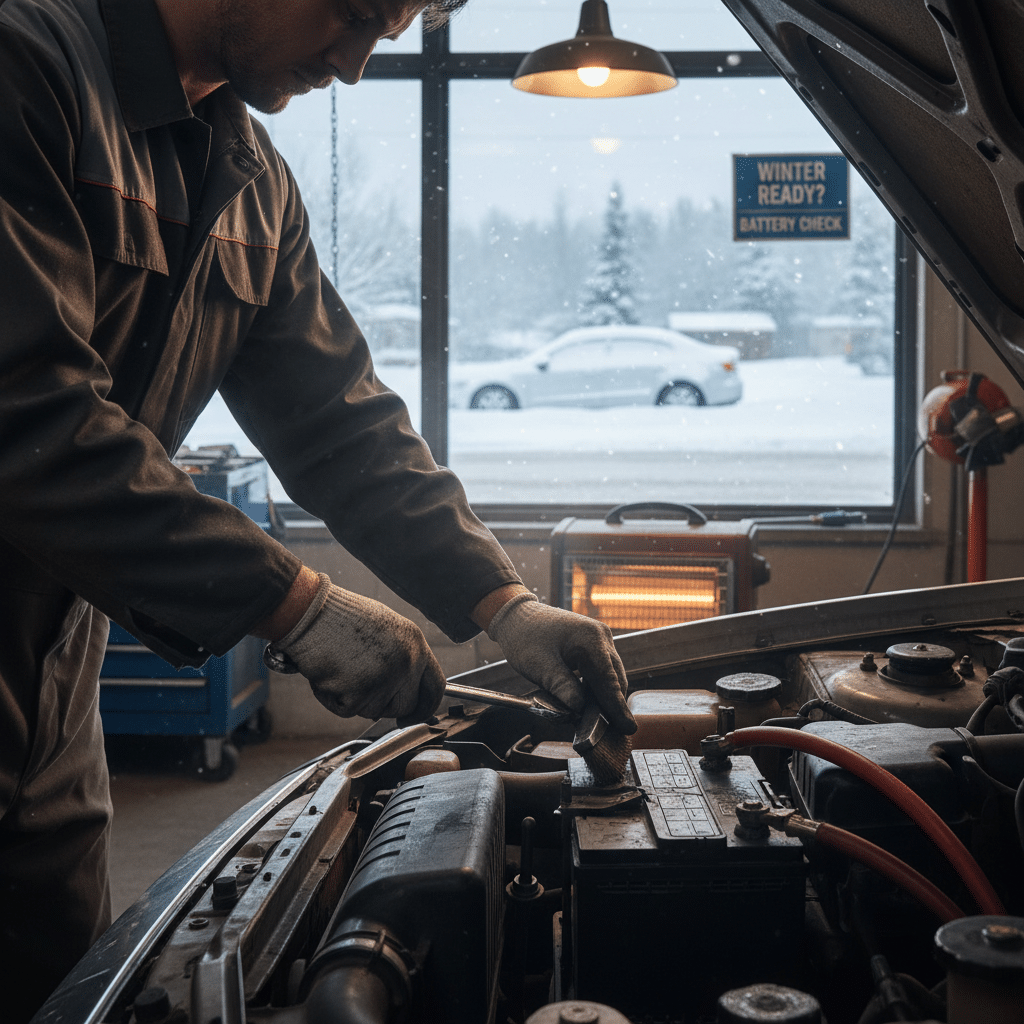
Traction and Visibility – Tires and Wipers
When winter throws its worst at you, having reliable traction and crystal-clear visibility isn’t just a comfort; it’s a non-negotiable safety requirement. These are cornerstone winter car care tips.
Winter Tires vs. All-Seasons
This is one of the biggest debates in winter driving, and for good reason.
- Winter Tires: These are specifically designed for cold weather. Their rubber compound remains flexible at temperatures below 45°F (7°C), allowing for better grip. They feature aggressive tread patterns with deep sipes (small slits) that bite into snow and ice, vastly improving braking, acceleration, and cornering in winter conditions. Studies show winter tires can reduce stopping distances on ice by up to 30% compared to all-seasons.
- All-Season Tires: While they offer a balance for various conditions, their rubber hardens in the cold, reducing grip. Their tread patterns are not optimized for deep snow or ice.
- Decision Time: If you live in an area with consistently cold temperatures, significant snowfall, or frequent icy conditions, investing in a set of winter tires is one of the most impactful winter driving safety measures you can take. Otherwise, good quality all-season tires might suffice for milder winters, but always drive cautiously.
Tire Pressure Monitoring
Tire pressure drops in cold weather – typically about 1 PSI for every 10°F (5.5°C) decrease in temperature. Under-inflated tires reduce fuel efficiency, wear unevenly, and significantly compromise handling and braking.
- Check Regularly: Check your tire pressure at least once a month, and more frequently during temperature swings. Do this when the tires are “cold” (driven less than a mile).
- Find the Right Pressure: Your vehicle’s recommended tire pressure is usually found on a sticker inside the driver’s side door jamb or in your owner’s manual, not on the tire’s sidewall.
- Don’t Forget the Spare: Ensure your spare tire is also properly inflated, just in case.
Wiper Blade Wisdom and Washer Fluid
Visibility through your windshield is paramount.
- Inspect and Replace Wipers: Cold, ice, and snow can quickly damage wiper blades. Cracks, tears, or streaks indicate it’s time for new ones. Consider “winter” specific wiper blades that are heavier and designed to prevent ice and snow buildup.
- Use Winter Washer Fluid: Standard washer fluid can freeze in cold temperatures, rendering it useless. Switch to a winter-specific formula with a lower freezing point (often rated to -20°F or -30°F). Keep your reservoir topped up.
- Never Use Hot Water: Don’t pour hot water on a frozen windshield; the rapid temperature change can cause it to crack. Use an ice scraper and defroster.

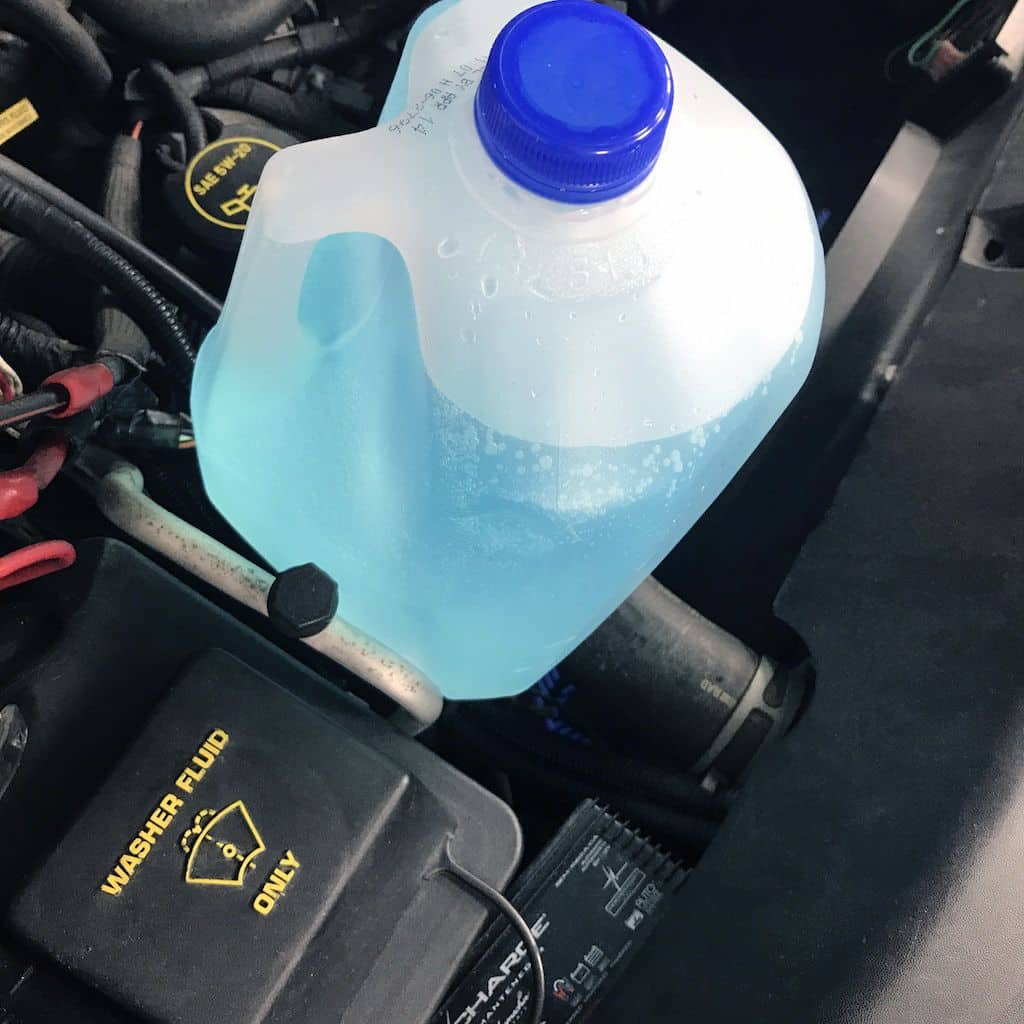
Headlights and Taillights
Darker days and longer nights mean your lights are more important than ever.
- Clean Lenses: Ensure all light lenses (headlights, taillights, turn signals, fog lights) are clean and free of snow, ice, or dirt. Dirty lenses drastically reduce light output.
- Check Functionality: Have someone help you check that all lights are working correctly. Replace any burnt-out bulbs immediately.
- Restore Hazy Lenses: If your headlight lenses are yellowed or hazy, use a headlight restoration kit to improve light clarity and range.
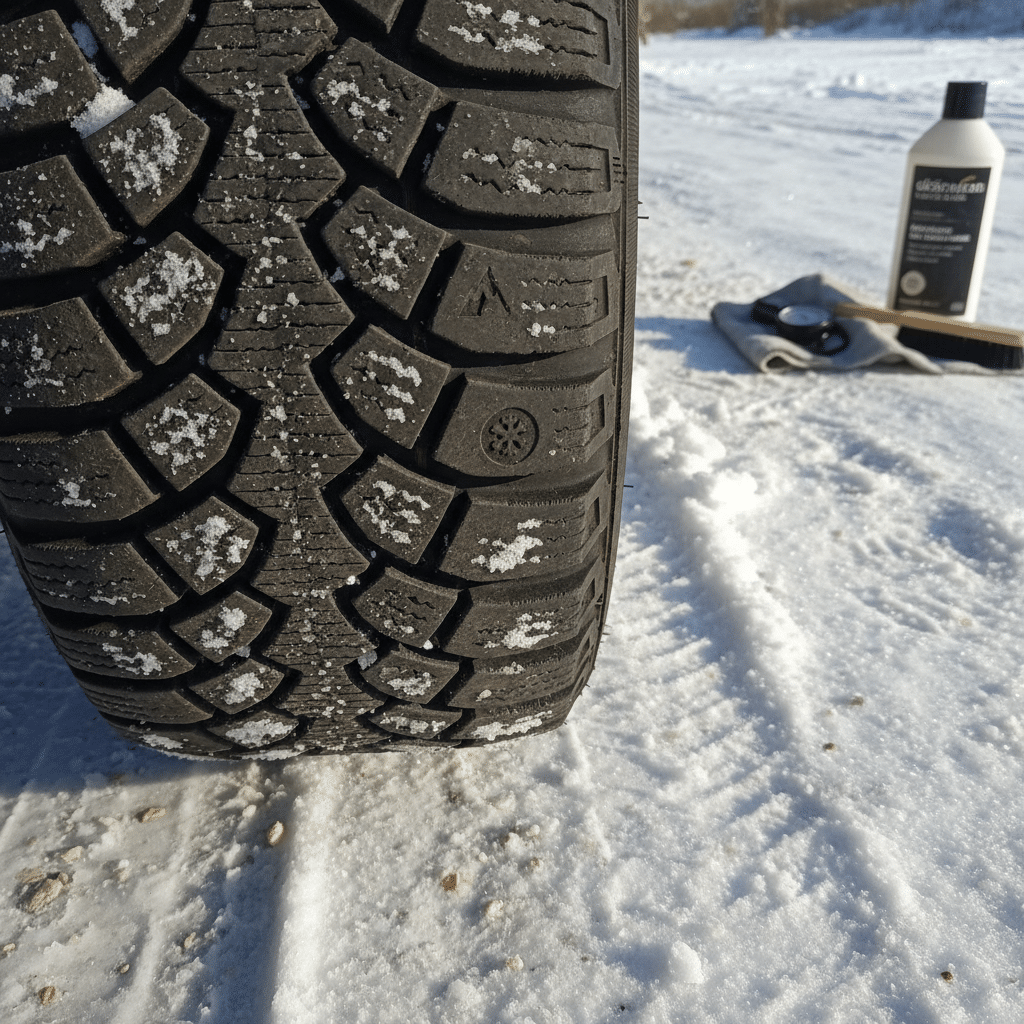
Stopping Power and Steering – Brakes and Suspension
Your ability to stop and steer effectively is critical in slippery conditions. Don’t overlook these components when performing your vehicle winterization.
Brake System Inspection
Brakes are perhaps your most vital safety feature, and their performance is severely tested in winter.
- Listen and Feel: Pay attention to any unusual noises (squealing, grinding) or sensations (pulsation, spongy pedal) when braking. These are signs of potential issues.
- Inspect Pads and Rotors: Have your mechanic check the thickness of your brake pads and the condition of your rotors. Worn pads increase stopping distance, especially on slippery surfaces.
- Brake Fluid Check: Ensure brake fluid is at the correct level and isn’t contaminated. Brake fluid is hygroscopic, meaning it absorbs moisture over time, which can lead to a lower boiling point and reduced braking performance.
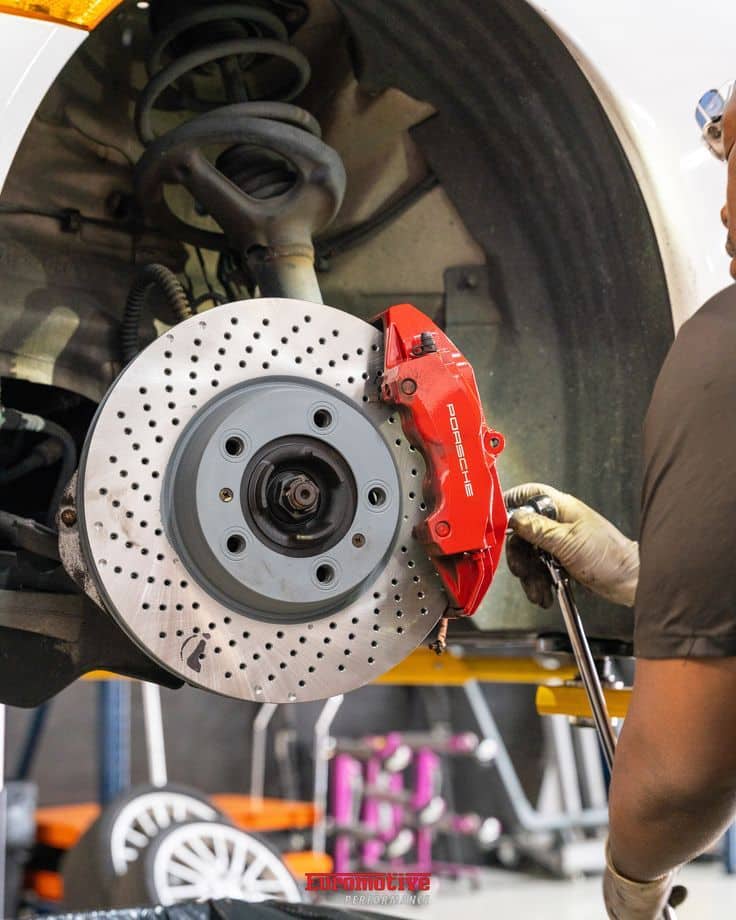
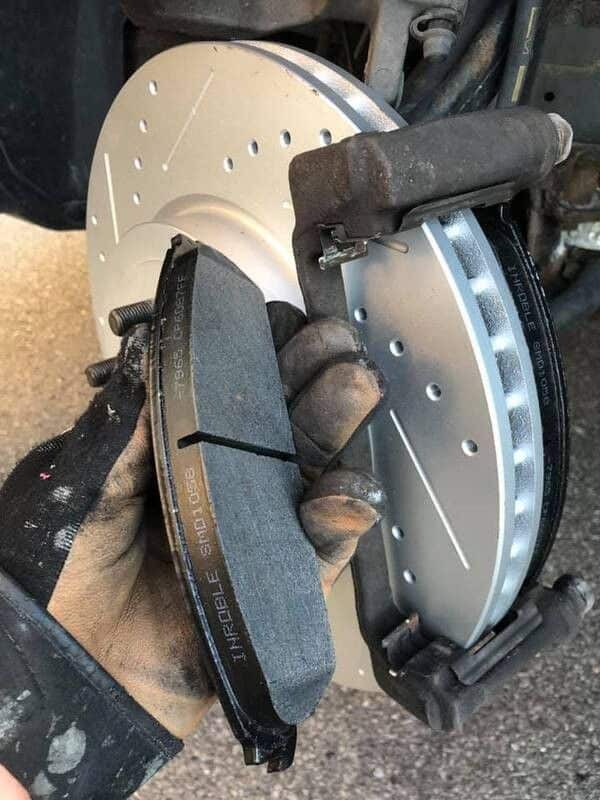
Steering and Suspension Check
Potholes hidden by snow and ice can wreak havoc on your suspension and steering components.
- Listen for Noises: Clunking, rattling, or squeaking sounds over bumps could indicate worn shocks, struts, or bushings.
- Feel for Changes: If your car pulls to one side, feels loose, or if the steering wheel isn’t centered, an alignment issue or worn steering components might be the culprit.
- Visual Inspection: Ask your mechanic to check for worn tie rods, ball joints, and control arm bushings. These components are vital for maintaining proper wheel alignment and steering response.
Taking care of these crucial systems ensures your car responds predictably when you need it most, whether you’re navigating a sudden icy patch or trying to avoid an obstacle. Think of it like conducting preventive maintenance on your home’s HVAC system to ensure it’s ready for extreme temperatures; your car needs the same diligent attention. Just as it’s important for AC preventive maintenance tips that extend your system lifespan, regular check-ups keep your car’s critical systems running smoothly.
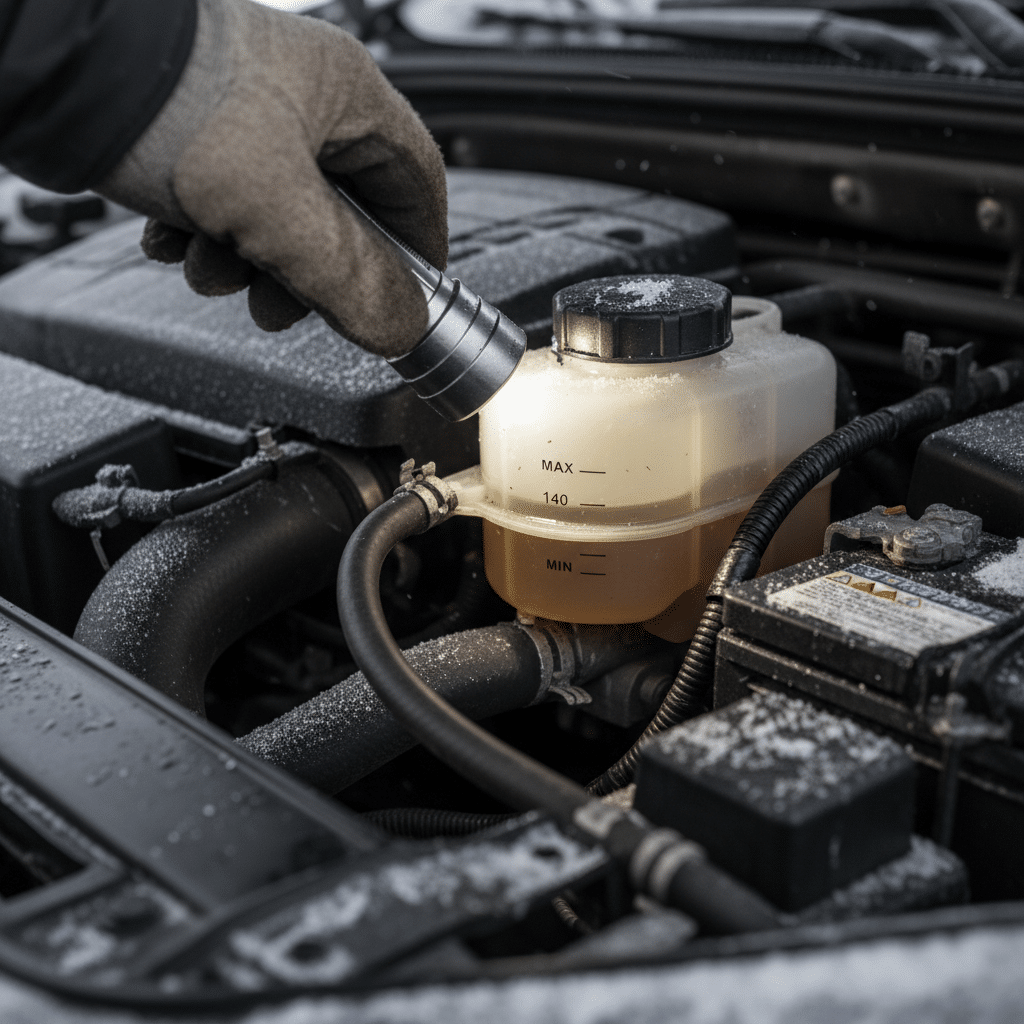
Protecting the Exterior and Interior
Winter weather isn’t just about what’s under the hood; it’s also about protecting your car’s exterior from corrosive elements and keeping the interior clean and functional.
Washing and Waxing
Many drivers neglect washing their car in winter, but it’s more important than ever.
- Regular Washing: Road salt, slush, and grime are highly corrosive. Washing your car regularly, especially after driving on salted roads, helps remove these damaging elements. Pay particular attention to the undercarriage.
- Wax Protection: A fresh coat of wax before winter acts as a protective barrier, making it harder for salt and grime to stick and easier to wash off. It also helps prevent paint damage.
- Door and Window Seals: Apply a silicone lubricant to rubber door and window seals to prevent them from freezing shut. This also helps prolong their life.
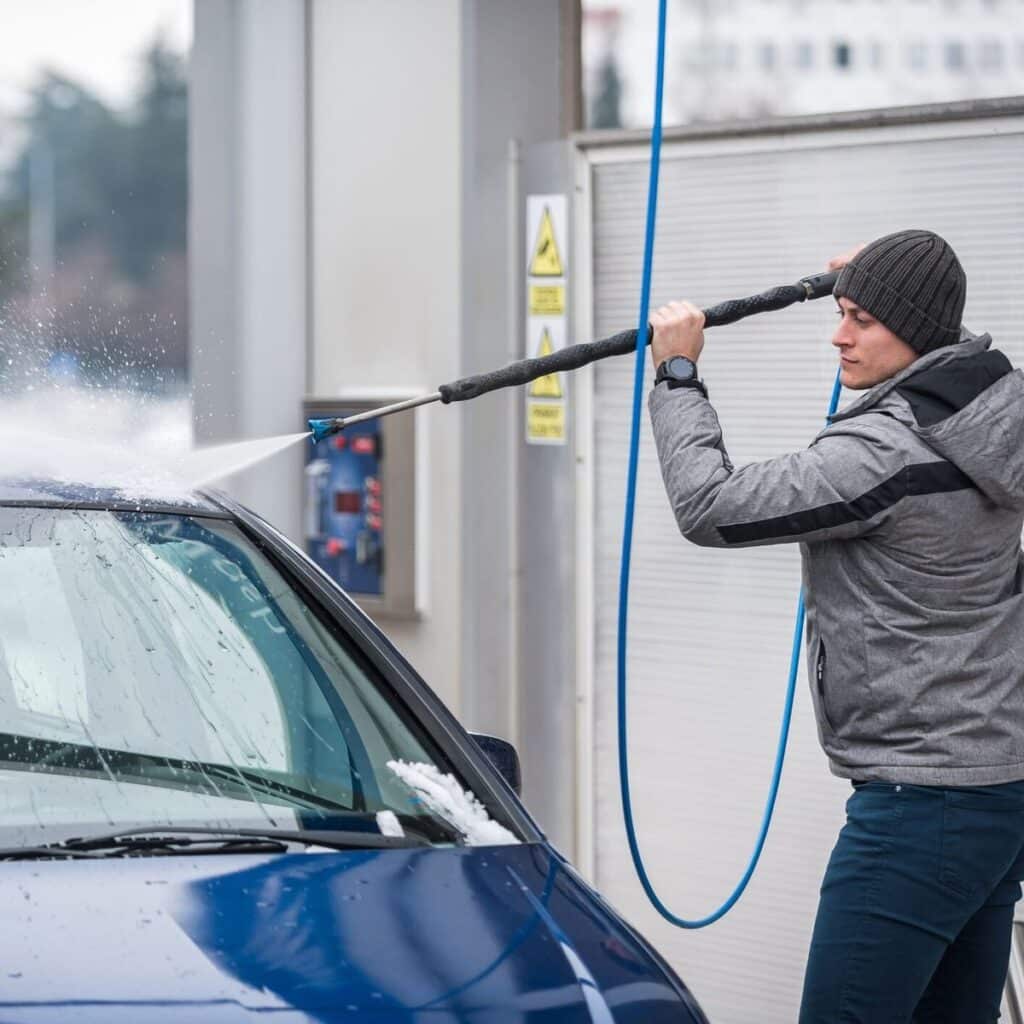
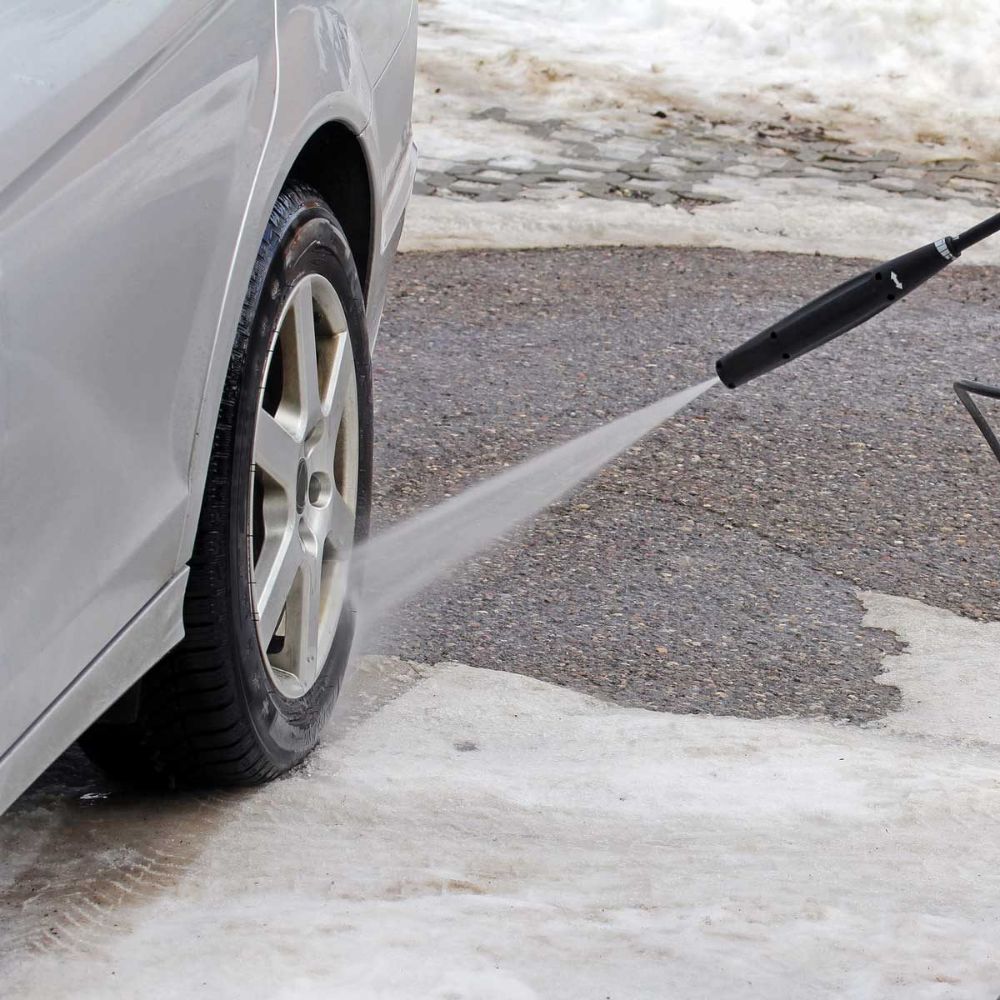
Underbody Protection
The undercarriage is most vulnerable to salt and corrosion.
- Rust-Proofing: Consider professional undercoating or rust-proofing treatments, especially if you live in an area with heavy road salt usage. This can significantly extend the life of your vehicle’s frame and components.
- Thorough Rinsing: When washing your car, use a high-pressure sprayer to thoroughly rinse the undercarriage. Many car washes offer an underbody spray option.
Interior Care & Floor Mats
The interior also takes a beating with melted snow, mud, and salt tracked in.
- All-Weather Floor Mats: Replace your carpet mats with all-weather rubber mats. These trap water, slush, and dirt, protecting your car’s original carpeting from stains and moisture, which can lead to mold and rust.
- Clean and Vacuum: Regularly vacuum the interior, especially under the mats, to remove salt and dirt. Wipe down surfaces to prevent grime buildup.
- De-icer for Locks: Keep a small bottle of de-icer handy for frozen door locks, but avoid using it excessively as it can wash away lubricants. Better yet, pre-treat locks with graphite lubricant.
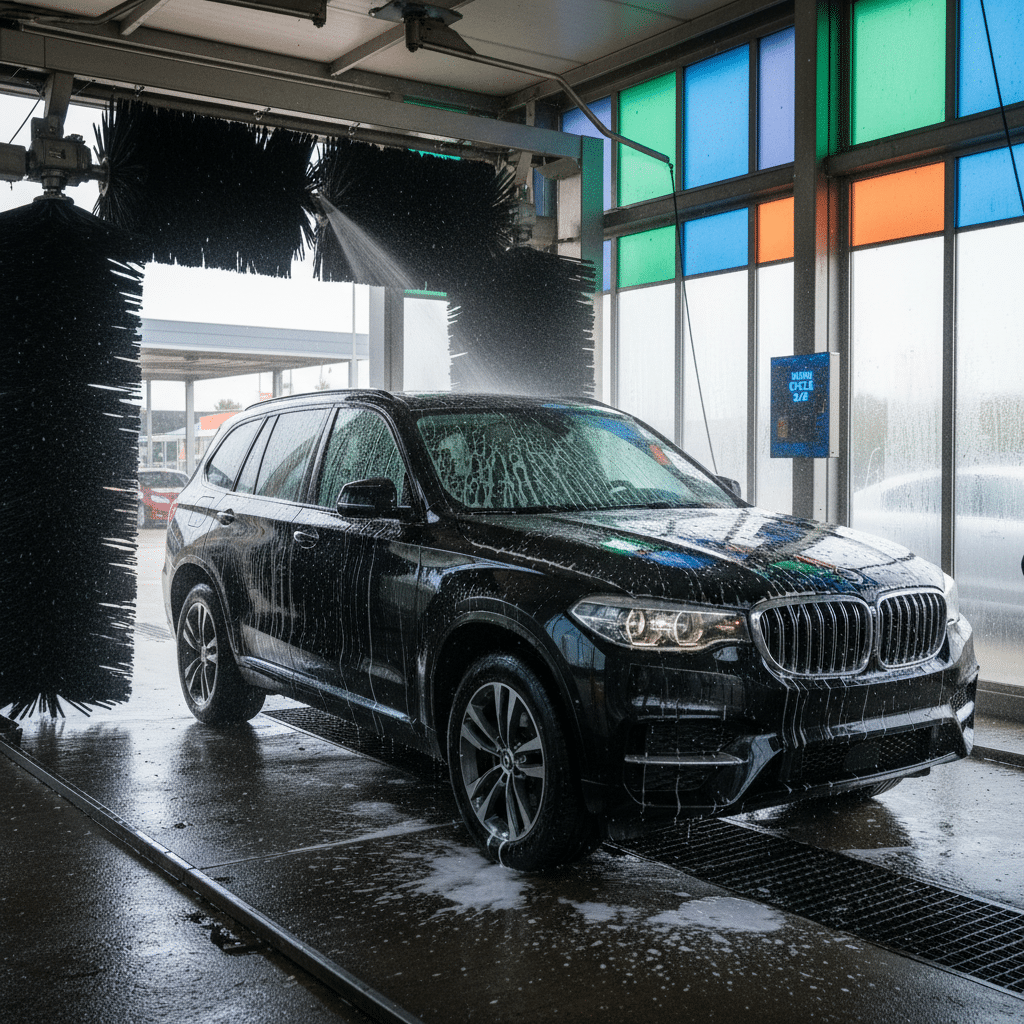
Essential Fluids and Filters
Beyond coolant and oil, several other fluids and filters need attention to ensure your vehicle runs optimally and reliably in winter. This is a crucial part of your essential winter car care.
Brake Fluid
As mentioned, brake fluid is vital.
- Moisture Check: Over time, brake fluid can absorb moisture, which lowers its boiling point and can lead to rust in the brake lines. A mechanic can test the fluid’s moisture content.
- Flush and Replace: If the fluid is old or contaminated, a brake fluid flush and replacement is recommended. This maintains optimal braking performance and prevents costly repairs down the line.
Power Steering Fluid
Your power steering system helps you turn the wheels with ease, and cold weather can affect its fluid.
- Check Levels: Ensure the power steering fluid is at the correct level, checking your owner’s manual for specific instructions (often “cold” or “hot” levels).
- Look for Leaks: Inspect hoses and connections for any leaks. Low fluid levels can lead to stiff steering and potential pump damage.
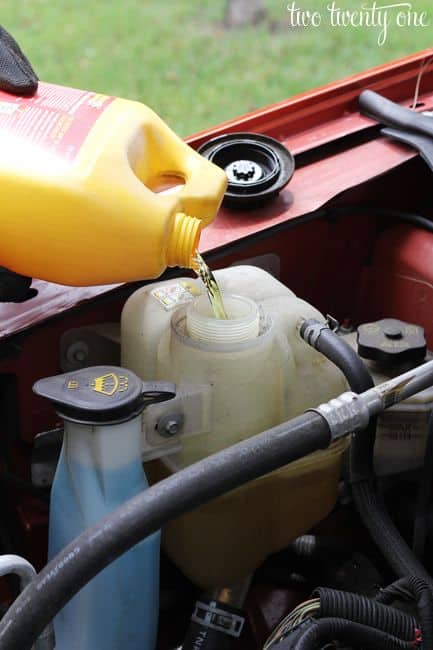
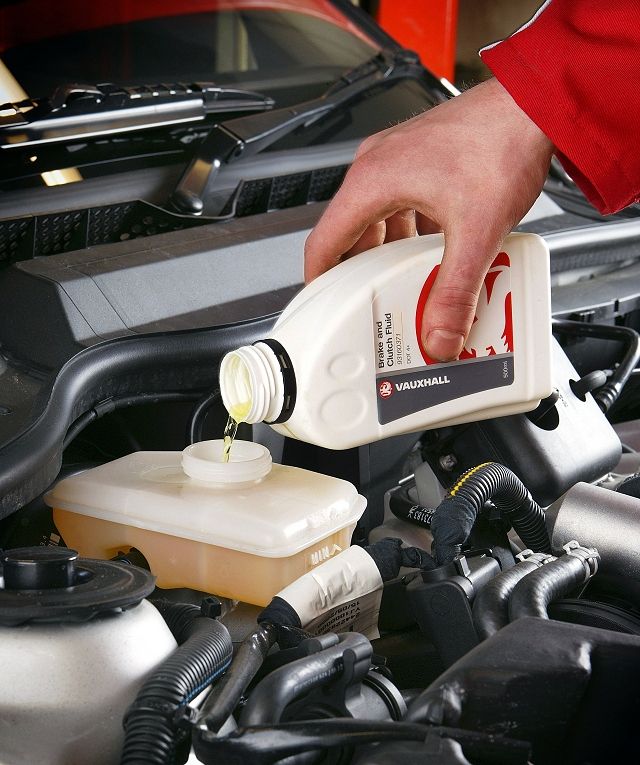
Transmission Fluid
While not as immediately impacted as engine oil, transmission fluid also benefits from being at the correct level and in good condition.
- Check Levels: Consult your owner’s manual for how to check your transmission fluid. Some cars have sealed transmissions that require professional servicing.
- Monitor Condition: If the fluid looks dark or smells burnt, it may be time for a change. Healthy transmission fluid is typically reddish and translucent.
Fuel System
Cold weather can cause condensation to form in your fuel tank, which can lead to fuel line freezing.
- Keep Tank Full: Try to keep your fuel tank at least half full, if not entirely full, to minimize condensation buildup. This is a simple but effective preventive measure.
- Fuel Additives: In extremely cold climates, consider using a fuel additive designed to prevent fuel line freezing. Diesel engines often require specific anti-gelling additives.
Air and Cabin Filters
These filters might not seem directly related to winter performance, but they contribute to overall vehicle health and your comfort.
- Engine Air Filter: A dirty air filter restricts airflow to the engine, reducing fuel efficiency and potentially affecting performance. Replace it if it’s clogged.
- Cabin Air Filter: This filters the air you breathe inside your car. A clogged cabin filter can reduce the efficiency of your car’s heating and defrosting system, making it harder to clear your windows and keep warm. Replace it for better air quality and optimal HVAC function. This is especially true for the heating system in car, which needs to be in top shape during winter.

Emergency Preparedness – Your Winter Lifeline
Even with meticulous vehicle winterization, unexpected events can happen. Being prepared for emergencies is just as important as maintaining your car.
Building a Winter Emergency Kit
Don’t leave home without it! A well-stocked emergency kit can be a lifesaver.
- Warmth: Blankets or sleeping bags, extra warm clothing (hats, gloves, scarves), hand warmers.
- Visibility & Signaling: Flashlight with extra batteries, reflective triangles or flares, bright colored cloth.
- Traction & Digging: Bag of sand, cat litter, or non-clumping salt (for tire traction), small shovel.
- First Aid & Essentials: Comprehensive first-aid kit, non-perishable food (energy bars), bottled water, phone charger/power bank.
- Vehicle Specifics: Jumper cables, basic toolkit (pliers, screwdrivers), duct tape, warning triangle, tow rope.
- Navigation: A physical map (your phone might lose signal or battery).
- Window Clearing: Ice scraper and snow brush.
Regularly check and replenish your kit, ensuring batteries are fresh and food items haven’t expired. Organizing your kit effectively can be simplified with insights from 10 home organization hacks, adapting these principles to your car’s limited space.
Understanding Road Conditions
Knowing what you’re driving on is half the battle.
- Black Ice: This nearly invisible ice forms on pavement, often on bridges and overpasses that freeze before regular roads. Be extremely vigilant on shaded areas and structures.
- Slush: While less slippery than ice, deep slush can pull your car, causing loss of control. It can also build up in wheel wells, potentially affecting steering.
- Snow Drifts: These can hide hazards or make roads impassable. Never drive into a snowdrift if you can’t see what’s on the other side.


Safe Winter Driving Habits
Even a perfectly maintained car needs a skilled driver in winter.
- Slow Down: Reduce your speed significantly. It takes longer to stop on slippery roads.
- Increase Following Distance: Give yourself much more space between your vehicle and the one in front of you – aim for 8-10 seconds, not the usual 3-4.
- Gentle Inputs: Accelerate, brake, and steer gently and smoothly. Abrupt movements can cause skids.
- Avoid Cruise Control: Never use cruise control on wet, icy, or snowy roads. You need direct control of your speed and acceleration at all times.
- Be Aware of Bridges and Overpasses: As mentioned, these freeze first and often stay frozen longer.
- Know Your Car’s Features: Understand how your Anti-lock Braking System (ABS), Traction Control System (TCS), and Electronic Stability Control (ESC) work in winter conditions.
- Plan Your Route: Check weather forecasts and road conditions before you leave. If possible, avoid driving during severe weather.
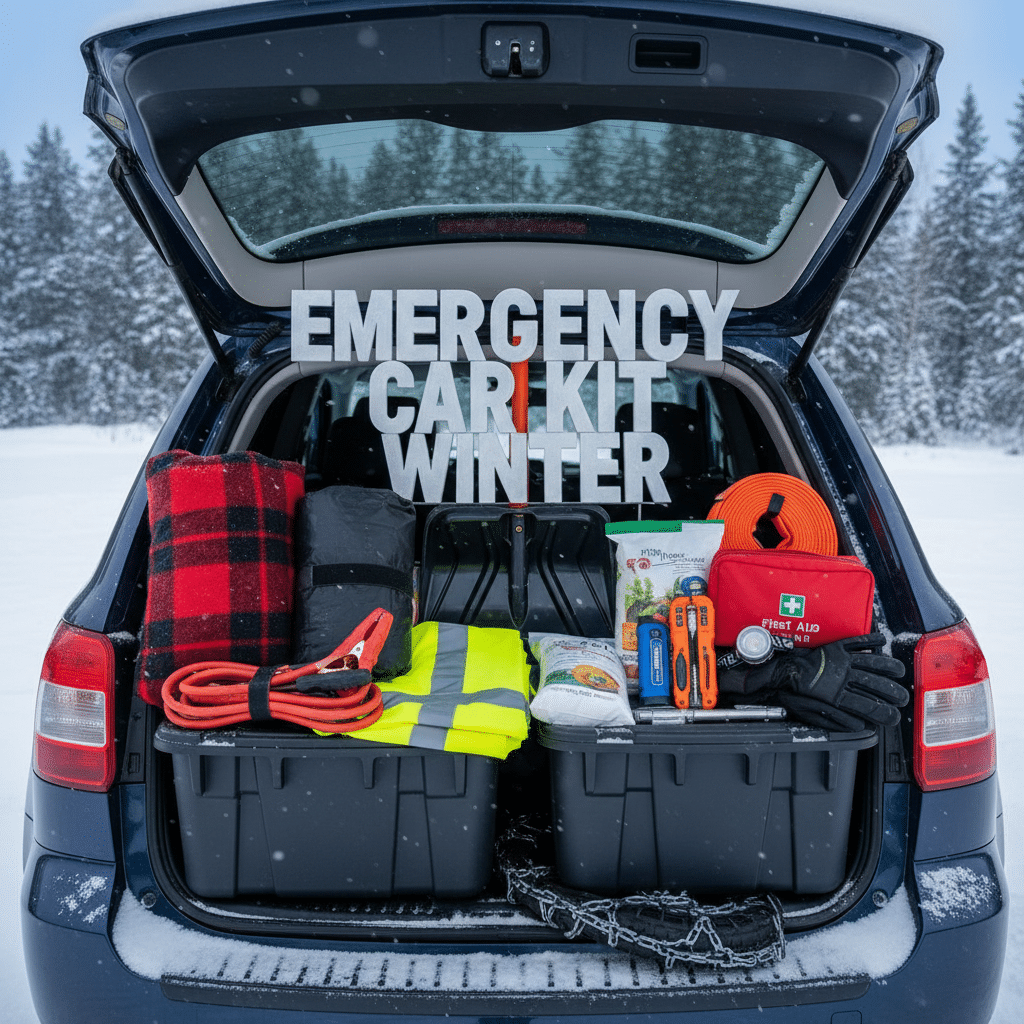
Beyond the Basics – Advanced Tips
For those in truly harsh climates or those who want to go the extra mile, these advanced winter car care tips can offer even greater peace of mind and protection.
Block Heaters and Remote Starters
These convenience features become invaluable necessities in extreme cold.
- Block Heaters: An engine block heater pre-warms your engine, making starting easier and reducing wear and tear on components like the battery and starter motor. It also allows your heating system to warm up faster. If you live in an area where temperatures frequently drop below 0°F (-18°C), a block heater is a wise investment. Plug it in a few hours before you plan to drive.
- Remote Starters: While primarily a comfort feature, a remote starter allows you to warm up your car and defrost the windows from the warmth of your home. This can save valuable time and improve visibility before you even get in. Just ensure you’re in a well-ventilated area to avoid carbon monoxide buildup.
Regular Professional Inspections
Even if you’re handy, a professional eye can catch things you might miss.
- Pre-Winter Check-up: Schedule a comprehensive winter inspection with a trusted mechanic. They can check belts, hoses, exhaust systems, fluid levels, brakes, suspension, and lighting systems. Many shops offer specific “winterization” packages.
- Post-Winter Check-up: It’s also a good idea to have your car checked after winter to assess any damage from potholes, salt, or extreme cold. This ensures your vehicle is ready for the warmer months ahead.
- Diagnostic Tools: Professional mechanics have specialized diagnostic tools that can detect issues before they become major problems, providing a deeper level of engine care in cold temperatures. The importance of proactive checks is paramount, much like understanding the importance of roof maintenance for homes in Columbus to prevent larger structural issues down the line.
Addressing Common Winter Woes
Some specific problems often crop up in winter that are worth mentioning.
- Frozen Windshield Wipers: Never try to force frozen wipers off the windshield. Turn on the defroster and let them thaw naturally. You can also lift them off the glass when parking to prevent them from freezing to it.
- Frozen Door Locks/Handles: Use a de-icer spray (carry it outside the car!) or gently warm your key with a lighter (briefly) to thaw a frozen lock. For handles, gentle pressure combined with de-icer often works.
- Stuck in Snow: If you get stuck, try rocking the car: shift between drive and reverse, giving slight throttle, but don’t spin the tires excessively as this can dig you in deeper. Use sand or cat litter for traction.
- Visibility Obstructions: Keep all windows, mirrors, and lights completely clear of snow and ice before driving. Don’t just clear a “peephole” on the windshield; ensure 360-degree visibility. Your side mirrors and rear window are just as crucial. Similarly, ensuring clear visibility for your car is akin to being aware of signs it’s time to update your windows at home – you want clear sightlines for safety and efficiency.
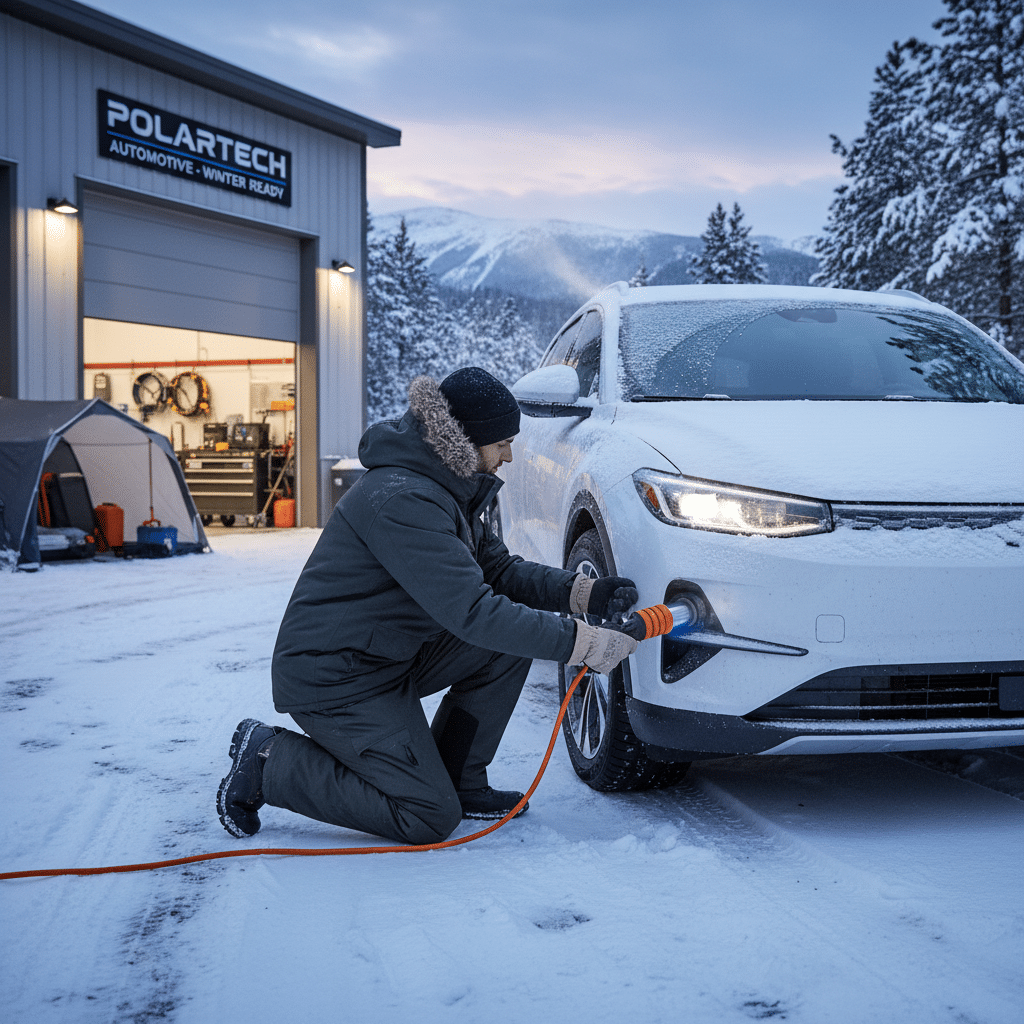
Conclusion
Navigating the winter months successfully with your vehicle boils down to preparation and proactive care. By embracing these winter car care tips, you’re not just extending the life of your car; you’re investing in your safety and comfort during what can be the year’s most challenging driving season. From the critical checks on your battery and fluids to the strategic choice of tires and the absolute necessity of an emergency kit, every step contributes to a smoother, safer winter experience.
Don’t wait for the first snowflake to fall or the first deep freeze to hit. Take the time now to inspect, maintain, and prepare. A little effort today will save you from major headaches and expenses tomorrow, ensuring your ride stays happy and reliable, no matter how cold it gets. Drive safe, and stay warm!
Why is a battery health check important for winter car care?
A battery health check is essential in winter because cold temperatures significantly reduce a battery’s cranking power, and a failing battery can lead to starting problems in extreme cold.
How can I ensure my coolant/antifreeze levels are adequate for winter?
You should check that your coolant reservoir is filled to the correct level, verify the proper antifreeze-to-water mixture (usually 50/50), and inspect for leaks to prevent engine freezing and damage during winter.
What is the difference between winter tires and all-season tires, and which should I use?
Winter tires are specifically designed for cold weather with a flexible rubber compound and deep tread patterns that improve grip on snow and ice, while all-season tires are less effective in extreme cold; in snowy or icy regions, winter tires are recommended.
What are the essential fluids and filters to check before winter?
You should check and possibly replace brake fluid, power steering fluid, engine oil with winter-appropriate viscosity, and ensure filters like the air filter and cabin filter are clean to maintain optimal vehicle performance and interior comfort.
- 18shares
- Facebook0
- Pinterest18
- Twitter0



